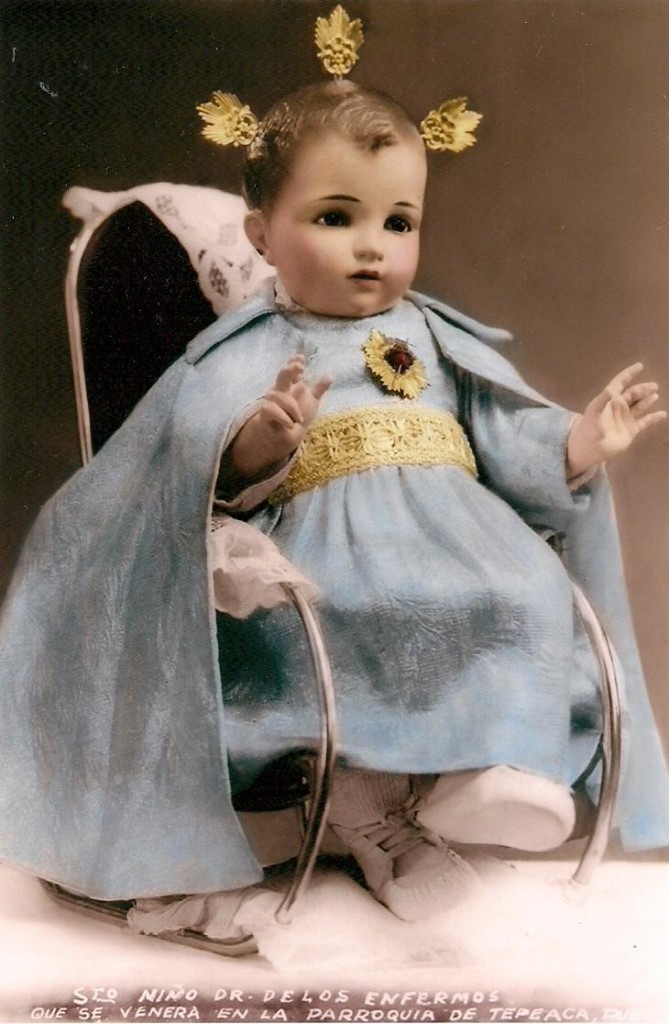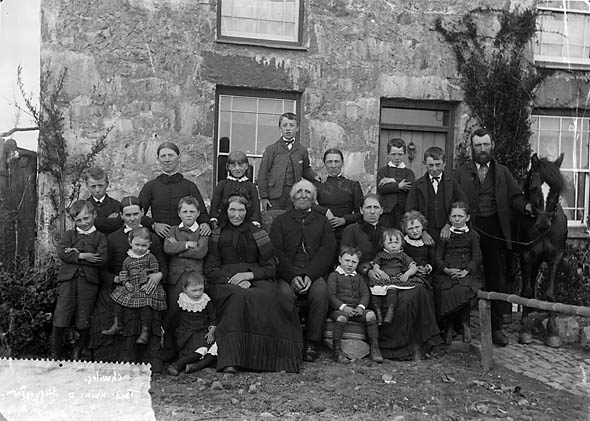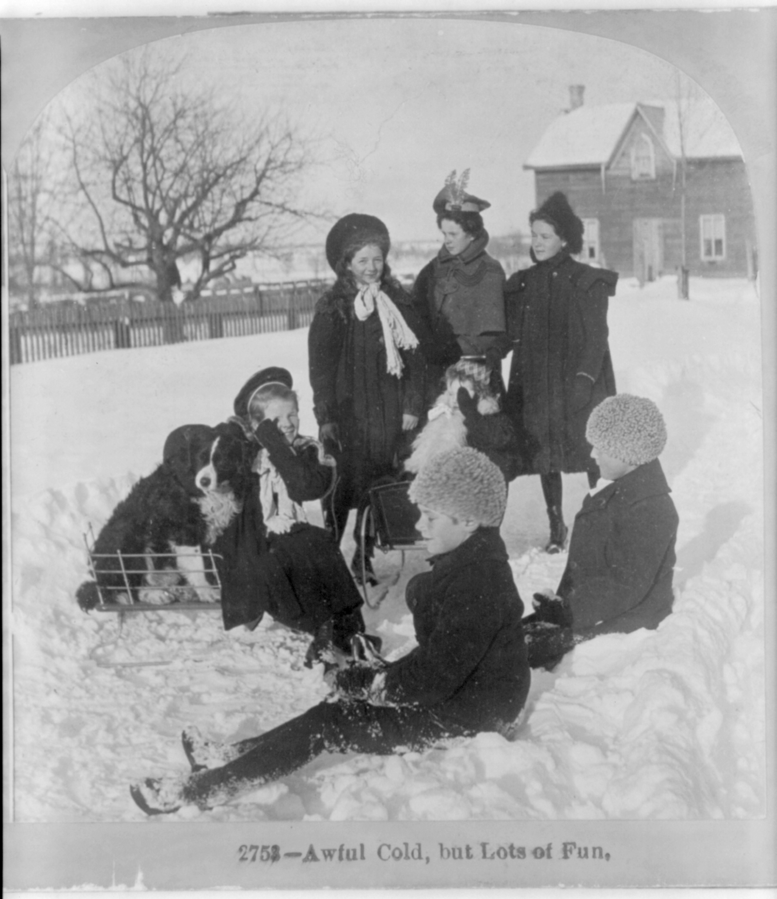 I have observed throughout my life that if a family is large, the father is more likely to serve as a model for his children than when the family is small. That likelihood decreases especially when the father or mother (or both) are to blame for it’s being small.
I have observed throughout my life that if a family is large, the father is more likely to serve as a model for his children than when the family is small. That likelihood decreases especially when the father or mother (or both) are to blame for it’s being small.

When considering the head of the medieval family, even if he is but a simple man of the countryside, one sees that, on being seated upon his, so to speak, throne, in order to preside over the meals of his numerous family, he does so with majesty. Among the country people of a certain region of Spain it was a custom for the head of the family, on being seated to preside over a table with twenty, thirty, or fifty people of his household, to say: [“comeremos pues;” and everyone would repeat, after which they would recite the prayer.
In Navarre, the prayer was: “May the Child Jesus, who was born in Bethlehem, bless the country, the king, and us as well.”
 In analyzing this image, we could say with all propriety that the simple majesty of the patriarch, of a rustic man of the people, was there present. Certainly, it is a rustic majesty, that of a farmer, but in it is felt a grandeur of nature, of sap and earth, which also has its majesty.
In analyzing this image, we could say with all propriety that the simple majesty of the patriarch, of a rustic man of the people, was there present. Certainly, it is a rustic majesty, that of a farmer, but in it is felt a grandeur of nature, of sap and earth, which also has its majesty.
 [In the family of the past], the grandparents, parents, children, relatives, and friends would gather together; the most varied ages together conversing: variety in unity.
[In the family of the past], the grandparents, parents, children, relatives, and friends would gather together; the most varied ages together conversing: variety in unity.
 In the modern family, when the children hold a reception, the parents, above all the mother, should be absent. The children call their parents “old-fashioned” and don’t want to have a greater convivium with them. This is because the Revolution hates this interplay, this articulation between the ages, which is a mark of the divine perfection which God has placed in Creation.
In the modern family, when the children hold a reception, the parents, above all the mother, should be absent. The children call their parents “old-fashioned” and don’t want to have a greater convivium with them. This is because the Revolution hates this interplay, this articulation between the ages, which is a mark of the divine perfection which God has placed in Creation.






